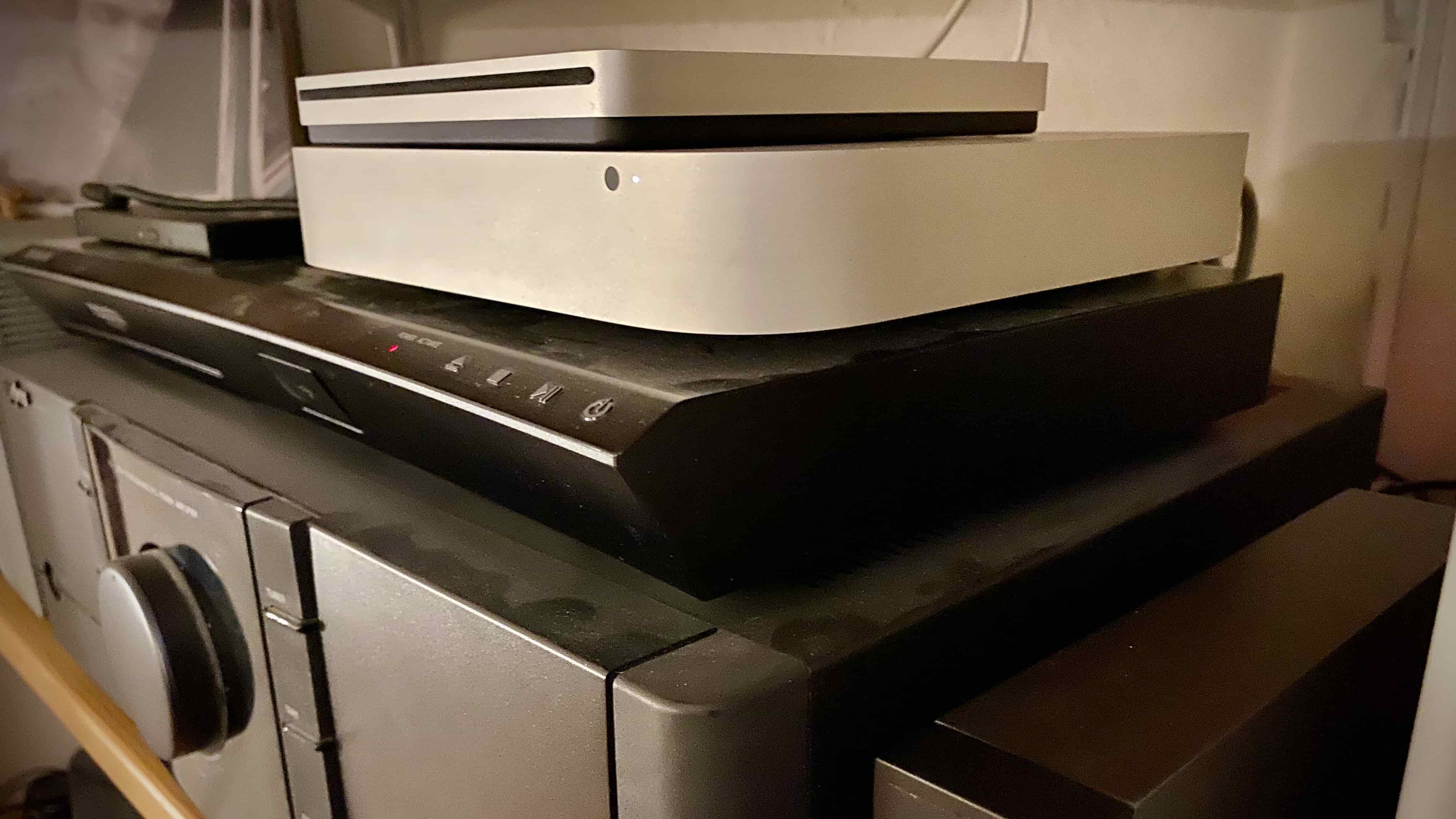
- #Mac mini server 2020 for mac os
- #Mac mini server 2020 install
- #Mac mini server 2020 upgrade
- #Mac mini server 2020 software
- #Mac mini server 2020 windows
Within this options screen there’s also an additional option to choose where your cache disk is located, you could use an external disk for your content cache if you choose.

Clicking on Options will allow you to set the total size of the cache which is useful when working with smaller disk sizes. Check the box to the left of Content Caching to turn it on, you should see the green status light turn on and the status change to on. To get content caching turned on we first want to set our machine to never sleep, since this is a server we want it on 24×7.Įnable content caching by opening System Preferences clicking on Sharing, then click on Content Caching.
#Mac mini server 2020 install
SUCCESS! Not sure what the issue is but the machine refused to install the boot rom update from the SSD drive, but with the old spinning disk it wasn’t an issue at all. My last ditch effort was to reinstall the old spinning drive and update the OS there before cloning back to the SSD. Even removing one of the memory dimms to see if that helped. I formatted the disk several more times, even loading a fresh install of Sierra and tried to update without success. EVERY time I tried to update the system would hang during the boot rom install. Once I had the new drive in the machine a clone from the original spinning drive I attempted to update from Sierra to High Sierra, part of the update is a boot rom update.
#Mac mini server 2020 software
This proved to be the biggest challenge, not so much physically but software wise. That was the easy part, next was replacing the hard drive with the SSD drive.

First order of business was to first increase the ram which is as easy as pulling off the bottom panel and replacing the two dimms. When my little Mini arrived from eBay she was dirty and had some stickers, a quick clean later and she looked good as new. Wikipedia states that the following Macs are the minimum hardware High Sierra will run on:
#Mac mini server 2020 for mac os
Requirements for Mac OS content caching you will need a Mac (yes physical hardware, content caching won’t work in a virtual machine) running Mac OS High Sierra (10.13.6)or later. PiHole? Well, I thought we’d get lucky and be able to run some light Docker containers, it appears that this Mac Mini doesn’t have all of the right virtualization features on this CPU. Minecraft Server- This machine runs a Minecraft server perfectly as long as you pre-generate your chunks. In this implementation we will leverage this Mac Mini Server as a Time Machine backup using an external 1tb hard drive since the SSD in our machine is only 500GB. Another way to leverage the Time Machine is to restore an entire OS if needed. What’s a Time Machine backup? It saves all of your Mac’s settings and files to a single location on the network or physical disk enabling single/multiple file and folder restores right from your Mac’s desktop. This process will work via WiFi but is more reliable when used with a wired connection. Ideally your Mac will be connected to your home network via Ethernet or a wired connection. Additionally definitions of all of the items listed in the caching screen can be defined here. What types of files are cached? File types cached are explained here on Apple’s site.

Here’s a link to the Apple site with an overview of how caching works. What is content caching? Good question- every time you iPhone or Mac computer downloads updates or new apps the server will cache them meaning that if you have multiple Apple devices on your home network that update only downloads once from the internet, saving bandwidth and enabling faster distribution of those updates to connected devices.
#Mac mini server 2020 upgrade
The SSD isn’t necessary, but the ram upgrade would be a must- I’d say 4gb would be the minimum amount to run High Sierra, 2gb causes the system to use swap space which on a spinning HDD causes some really sever slowdowns. However many may have an older Mini laying around collecting dust. A real beast! I upgraded the ram to 8gb and installed a 500gb SSD I had laying around. The machine I ended up purchasing was a Mid-2010 Mac Mini with a Core 2 Duo processor and 320gb harddrive and 2gb of ram.
#Mac mini server 2020 windows
Well this one comes from the longing to have a little Mac Mini on the network, maybe something I could VNC into and iMessage from my Windows Desktop, something on the network to serve as a local Time Machine host and content cache. I’ll admit, I’ve got a bad habit of buying stuff I don’t need… starting projects on a whim etc.


 0 kommentar(er)
0 kommentar(er)
